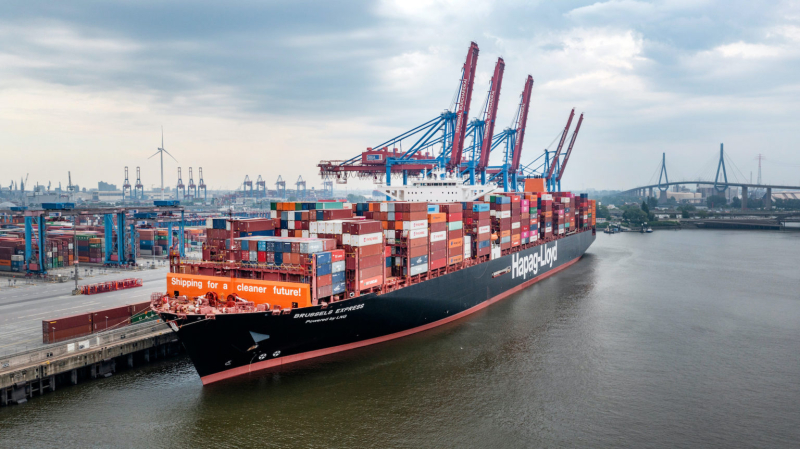President Donald Trump says the US has reached a ceasefire agreement with the Houthis.
The Oval Office announcement offers hope for the reopening of the Red Sea and Suez Canal to companies that have avoided the route.
But it also could affect earnings in shipping sectors where the Houthi menace on a key trade lane has led to longer routes and higher rates.
Trump announced the ceasefire during a White House meeting with new Canadian Prime Minister Mark Carney.
With Carney by his side, Trump said the Houthis have announced that they no longer want to fight.
“They just don’t want to fight, and we will honour that, and we will stop the bombings. They have capitulated,” Trump said. “They say they will not be blowing up ships any more.”
Omani foreign minister Badr Albusaidi confirmed on X that his government brokered the ceasefire.
“In the future, neither side will target the other, including American vessels, in the Red Sea and Bab al-Mandab Strait, ensuring freedom of navigation and the smooth flow of international commercial shipping,” he wrote, referring to the waterway that connects the Red Sea to the Gulf of Aden.
“The Sultanate of Oman expresses its gratitude to both parties for their constructive approach that led to this welcome outcome, and hopes that it will lead to further progress on many regional issues towards achieving justice, peace and prosperity for all.”
The Houthis have not mentioned the deal.

Missiles being loaded onto a plane on board the aircraft carrier Harry S Truman, which has been participating in US operations against the Houthis. Photo: US Central Command
The Iran-backed Yemeni militant group began assaulting shipping in the Red Sea and Gulf of Aden shortly after war broke out between Israel and Hamas in October 2023.
Less than two months into Trump’s return to the White House, US forces began launching strikes on Houthi targets on 15 March.
Oil consultancy Kpler said: “A sustained pause in these attacks could see a swift return of traffic to this critical chokepoint, potentially reducing shipping insurance premiums and easing oil and LNG price volatility.
“The market will now be watching for tangible evidence of a halt in Houthi aggression and the subsequent impact on tanker movements and charter rates.”
Crude oil flows most impacted by the Houthi attacks were Middle East to Europe voyages transiting northbound through the Suez Canal.
Kpler cargo tracking data shows that in 2023, nearly all of the 922,000 barrels per day of crude moving from the Middle East to Europe passed through the waterway.
Following the start of the attacks in November 2023, Europe-bound crude flows last year dropped to 773,000 bpd, a decline of 16%, shifting market share towards barrels from the Americas.
Only 142,000 bpd or 18% of Middle Eastern crude to Europe transited the Suez Canal. Nearly all other cargoes were rerouted via the Cape of Good Hope.
The longer route takes 30 to 35 days, against 17 to 20 days through Suez.






























